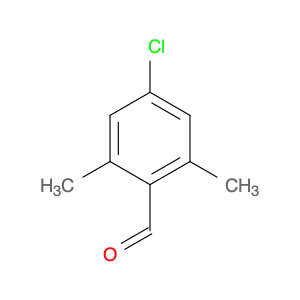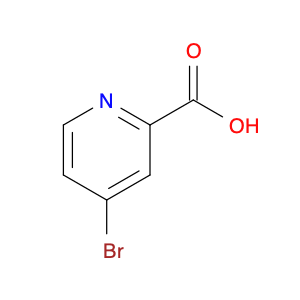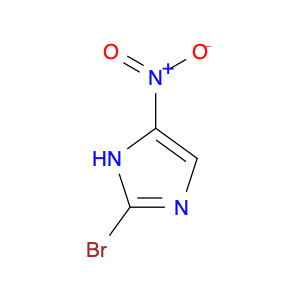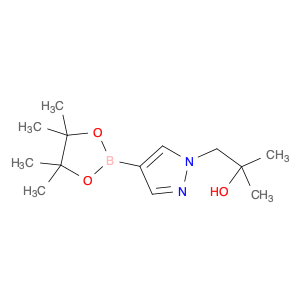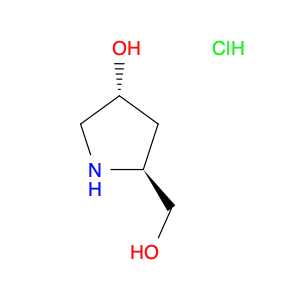4-Chloro-2,6-dimethylbenzaldehyde, also known as $name$, plays a crucial role in chemical synthesis as a versatile building block for diverse organic compounds. This compound is widely utilized in the pharmaceutical and agrochemical industries for the synthesis of various important products. One key application of 4-Chloro-2,6-dimethylbenzaldehyde is as a starting material in the production of pharmaceutical intermediates. It serves as a key precursor in the synthesis of active pharmaceutical ingredients (APIs) that are used in the development of drugs for various therapeutic purposes. The compound's unique structure allows for the introduction of specific functional groups and modifications that are essential for the desired pharmacological activity.Furthermore, 4-Chloro-2,6-dimethylbenzaldehyde is employed in the synthesis of agrochemicals, including herbicides and pesticides. Its chemical properties enable the construction of complex molecular structures that exhibit pesticidal or herbicidal properties. By incorporating this compound into the synthesis of agricultural chemicals, researchers can create effective and environmentally friendly solutions for crop protection and pest management.In addition to its applications in pharmaceuticals and agrochemicals, 4-Chloro-2,6-dimethylbenzaldehyde is also utilized in material science for the fabrication of advanced materials with specific properties. By incorporating this compound into polymer synthesis or material functionalization processes, researchers can tailor the material properties to meet specific industrial or technological requirements.Overall, the versatile nature of 4-Chloro-2,6-dimethylbenzaldehyde makes it a valuable tool in chemical synthesis, enabling the creation of a wide range of compounds with applications in various industries such as pharmaceuticals, agrochemicals, and materials science.
 sales@aaronchem.com
sales@aaronchem.com
